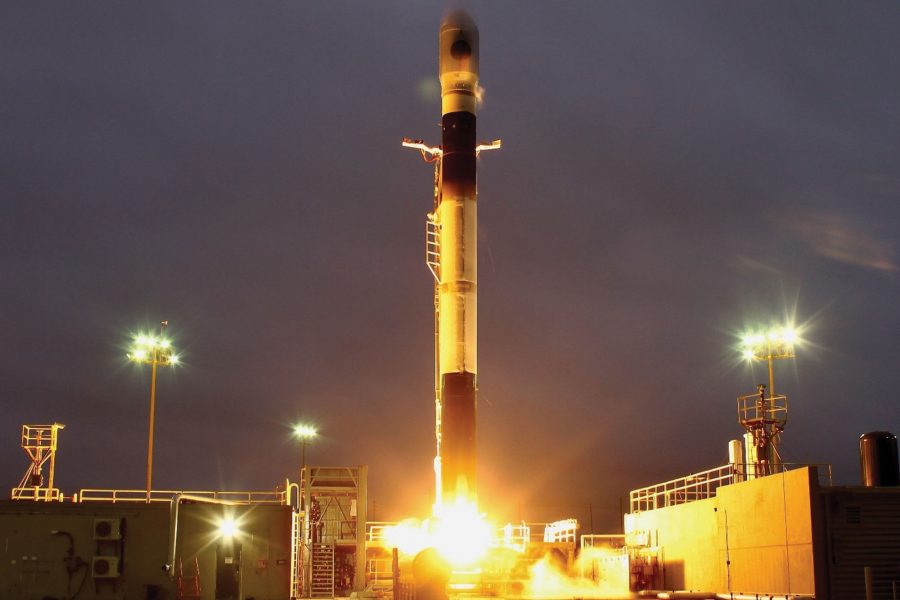Editor’s Note: This story was updated Feb. 18 with a comment from a Space Systems Command spokesperson.
The Space Force added to its effort to “speed run” satellite launches with the latest in a series of Tactically Responsive Space missions announced Feb. 13.
Space Systems Command awarded a $21.81 million deal to Firefly Aerospace for “Victus Sol,” the fifth in a series of experiments designed to make contractors and USSF develop, transport, and launch satellites in record time.
Victus Sol follows “Victus Nox,” which transported a satellite within 58 hours to the launch site, then tested, fueled, and launched that satellite within 27 hours or getting a “go” order—smashing previous speed records.
Next came “Victus Haze”, now targeted to launch later this year. Victus Haze will include two launches—with Rocket Lab providing and launching a satellites from either New Zealand or Virginia, and True Anomaly shipping a satellite to Vandenberg Space Force Base, Calif., where it will be launched aboard a Firefly rocket. Once in orbit, the two spacecraft will perform “dynamic” operations, including domain awareness missions.
Little is known today about the expectations for “Victus Sol.” The Space Force has not announced a satellite contract, and an SSC spokesperson told Air & Space Forces Magazine that the command is not releasing details on the satellite, its payload, or goals or objectives “in accordance with mission requirements.”
Budget documents from last spring indicated a potential launch in late 2025 or early 2026, but neither SSC nor Firefly provided those details in their announcements. A spokesperson for Firefly directed inquiries to SSC.
Firefly has a history with the Victus series, having carried the Victus Nox satellite into orbit aboard its Alpha rocket.
The Space Force wants to cut the time between launch orders and liftoff to under 24 hours. Budget documents suggest the missions “will be ready for call-up in the second quarter of FY 2025.”
Last October, the Space Force announced two other missions: Victus Surgo and Victus Salo. Targeted for 2026, those missions will add new wrinkles to the Tactically Responsive Space requirements, including demonstrating high Delta-V maneuvers in orbit and launching a satellite into far higher geosynchronous orbit. Startup Impulse Space will deliver the space vehicles, which will launch on SpaceX rockets. One launch will also include an upper-stage rocket from Impulse Space.
Space Force leaders say the Victus missions demonstrate how USSF could rapidly replenish satellite constellations if U.S. space assets came under attack. They also help refine standard launch processes to be faster and more efficient, cutting down on timelines that sometimes stretch for months.
The launch contract for Victus Sol comes from the Space Force’s Orbital Services Program (OSP)-4, which covers smaller launches where the Space Force is willing to accept greater risk compared to the National Security Space Launch program.
